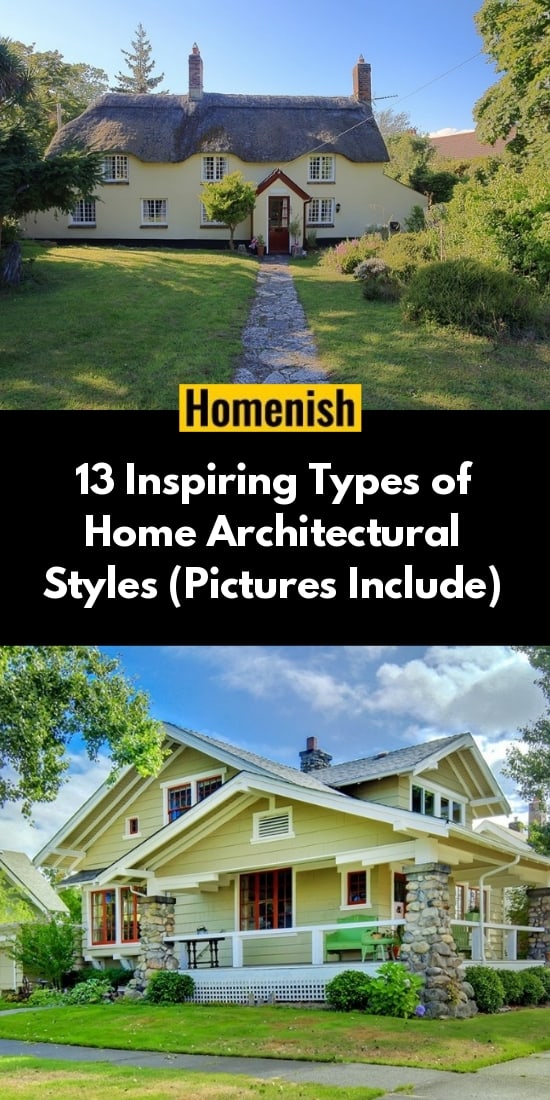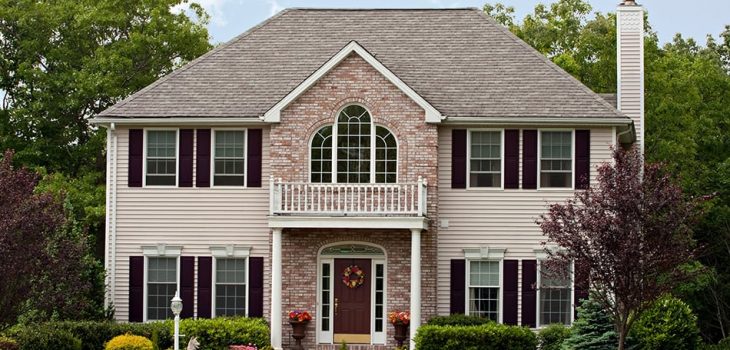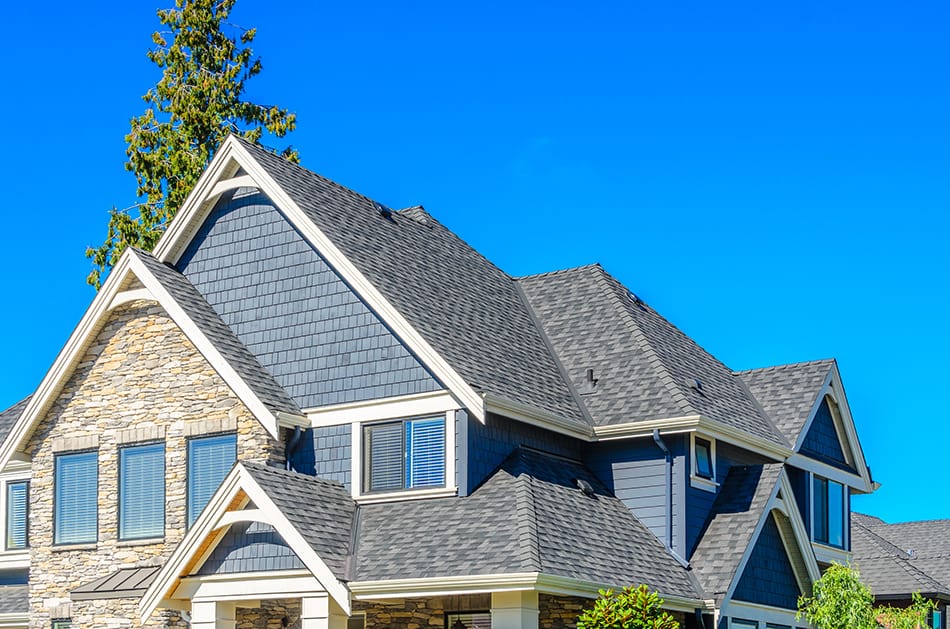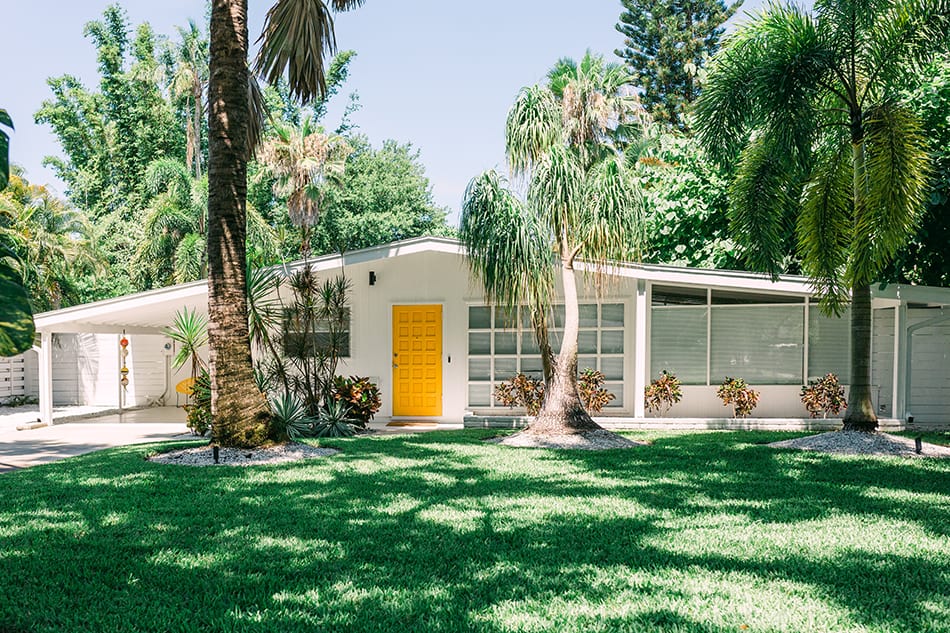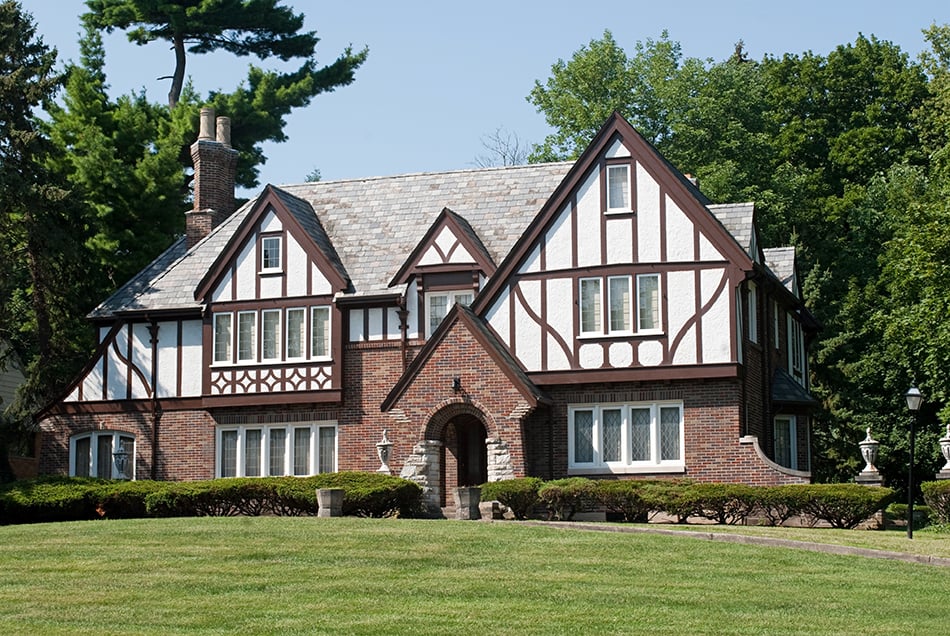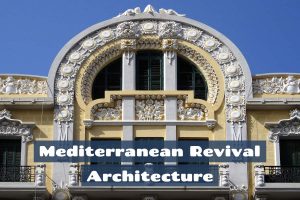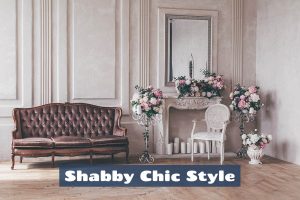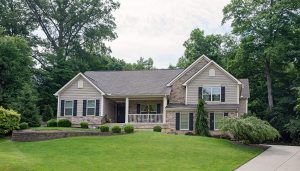When you consider all the styles that have occurred during the history of human settlements, you realize that the term “home” is not simple nor singular.
The homes were developed according to varying needs and from different materials available. The architectural styles for the home have accumulated over hundreds of years. There are plenty of designs to choose from and much inspiration to be drawn out of this vast architectural world.
Let’s explore some popular and unusual house architecture styles that are present in the US and beyond. This article will focus on the styles of the home. For the structure of the building, house, please visit our article on different types of houses.
Victorian
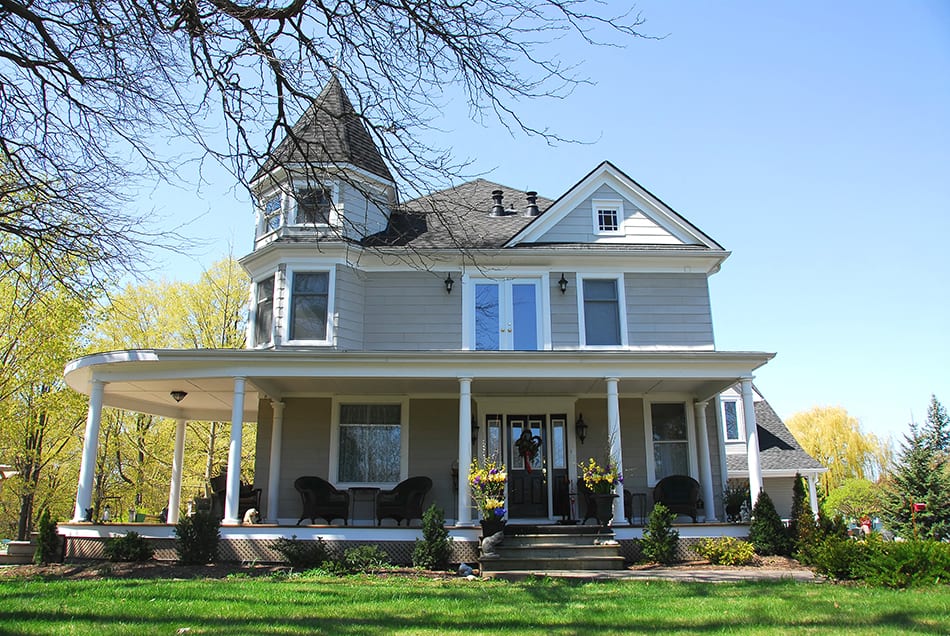
Victorian houses are the legacy of Queen Victoria, who ruled England from 1837 to 1901 or the so-called Victorian era. The so-called Victorian era overlaps with the industrial revolution. This led to the massive use of the Victorian style in the architecture of Great Britain then-expanding industrial cities.
Victorian houses also took root in the US in the 19th century, and they have remained relatively popular to this day. They are built out of typical local building materials – brick, stone, and wood. Some common Victorian-style house varieties can be named – Gothic Revival, Folk Victorian, Queen Anne Style, Second Empire Houses
Common features of Victorian architecture are terraces, bay windows and sash windows, flemish brick bonding, and quite often include colorful patterned brickwork, stained glass on glass doors and on windows, and slate roofs.
Colonial
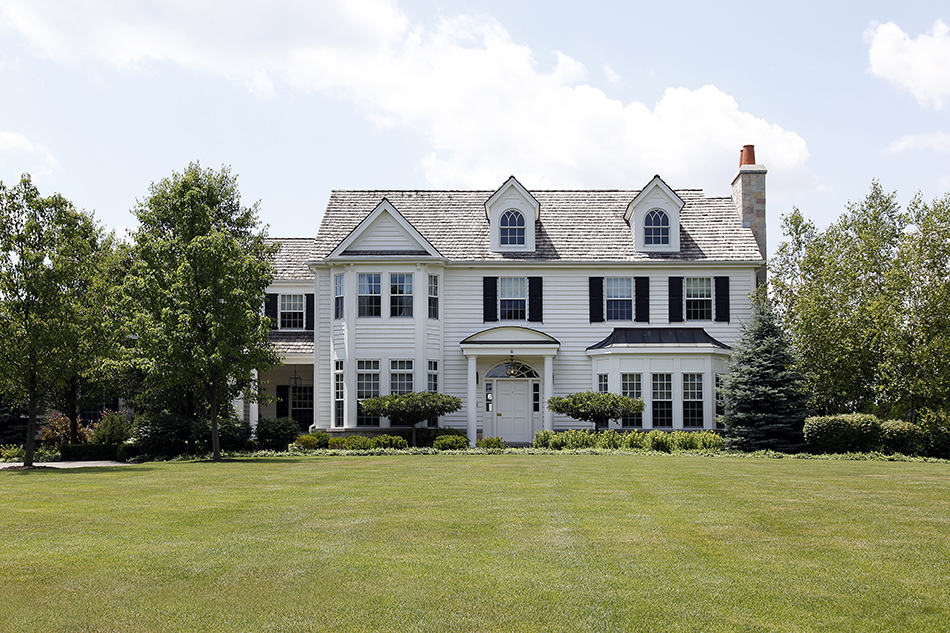
This classic style which has begun developing around 1600 has roots in European architecture in conclusion with the 16th century. The Europeans who immigrated into newfound America from different countries have all brought their own influences. That is why it is no wonder there are different types of Colonial Style houses stemming from various European cultures.
The eight main types of Colonial style are British Colonial, which is further divided into Saltbox, Cape Cod, Mid-Atlantic, and Georgian style, followed by Dutch Colonial, German Colonial, Spanish Colonial, and French Colonial.
All types have common features that make the Colonial architecture stand out. Geometry and symmetry are some of them. In the early days, colonial homes had one story, then two stories with one room on each, which evolved into the two-story houses with four rooms on each floor – the layout most commonly encountered today.
The facade is rectangular, with a centered entry door and paired windows on each side. The colonial homes have pointed steeply pitched roofs with massive chimneys in the original iteration.
There is also a distinct style called Colonial Federal, which is a modification of the Georgian colonial style, but different from all the original colonial styles.
Southern (Antebellum)
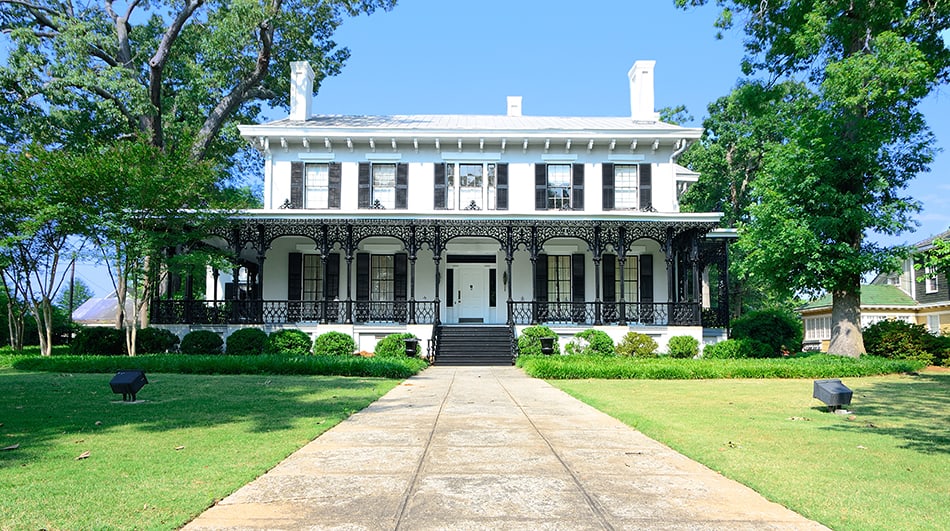
When we say “southern architecture”, what we usually really mean is Antebellum Architecture, a neoclassical building style characteristic of the South and the Deep South US that originated in the 19th century. It dominated from the birth of the United States to the start of the American Civil War. The name itself reflects this fact – in Latin, “antebellum” means “pre-war.”
The houses and mansions are characterized by Georgian, Greek Revival, and Neo-Classical influences. A typical antebellum home’s features included an overall box shape, large pillars on the front, a long balcony running along the outside edge of the house and creating shade in the sitting area, symmetrical large windows, and big central entrances on the front and the back of the home.
The interiors of Southern-style houses are equally lavish.
Shingle
The Shingle style homes first occurred in the New England region and were then popularized by notable American architects between 1880 and 1900.
To renew the interest in Colonial American architecture and to break free from the Victorian homes, Shingle architecture embraces a more relaxed and informal building style. They feature continuous use of shingles, typically wood on the roofs and the siding. They are also characterized by open and asymmetrical design plans.
Tuscan
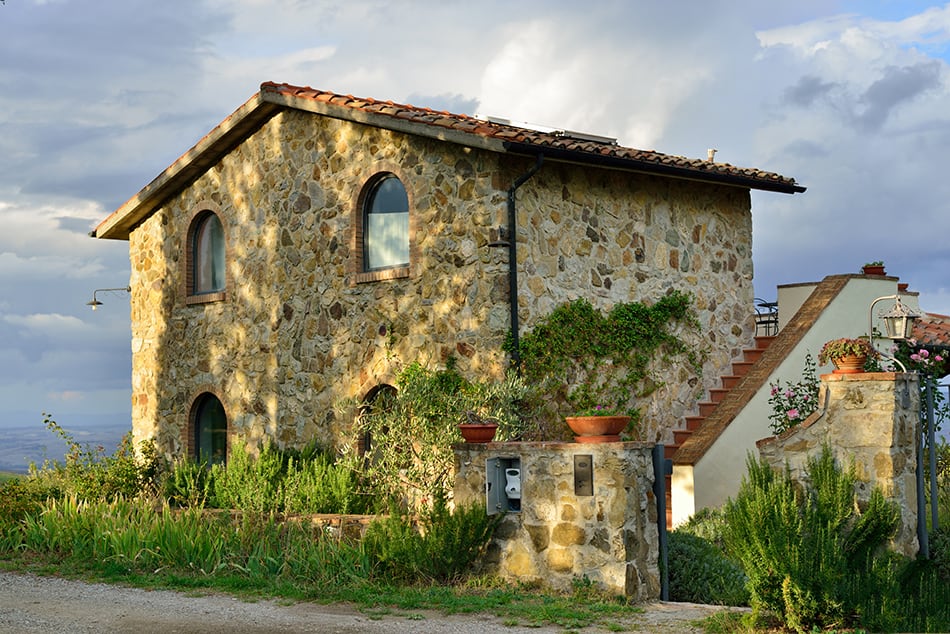
The region of Tuscany in Italy is one of the most scenic regions in the world, renowned for its hedonistic traditional food and wine, beautiful rustic valleys and fields, and traditional architecture. Houses built out of local stone, tiles, wood, and wrought iron significantly add to the beauty of Tuscany’s landscape.
The Italianate house plan style manages to be rustic but also resonates strongly with modern stylish standards
Tuscany’s traditional building materials include limestone and shale which are used to build walls and foundations. The fact that the buildings are made out of natural stone ensures good temperature insulation, making these houses really comfortable to be in during hot summers.
In the Tuscan style arhitecture, the old houses are often used by the same family for generations. They are of course upgraded with certain modern home elements but keep the original spirit.
Mediterranean Revival
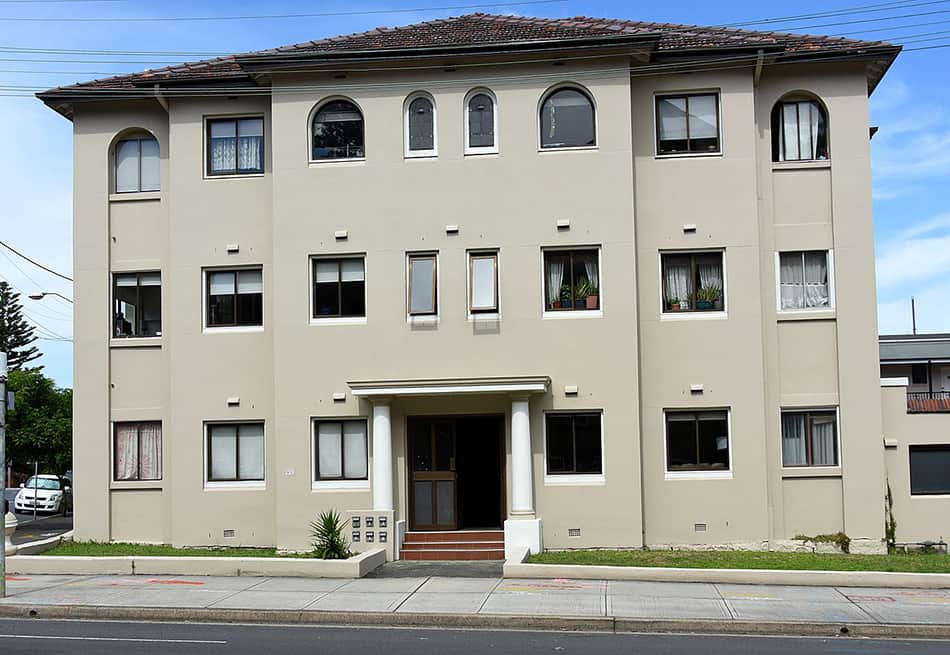
Mediterranean Revival is an eclectic style that incorporates Spanish Renaissance, Spanish Colonial, Beaux-Arts, Italian Renaissance, Arabic Andalusian architecture, and Venetian Gothic architecture.
It was introduced into the United States in the late 19th century, reaching its peak of popularity in the 1920s and 1930s. It was especially popular in the expanding seaside resorts in California and Florida, copying the style of Mediterranean palaces and seaside villas. The style is also very present in Cuba.
The base of the Mediterranean revival style is a rectangular floor plan and includes one or two floors. Typical features are massive symmetrical facades, stuccoed walls, arched or rounded windows with window grilles, and wooden or wrought-iron balconies. The roofs most commonly have red tiles. The style goes hand in hand with lush, elaborate gardens.
Spanish Colonial
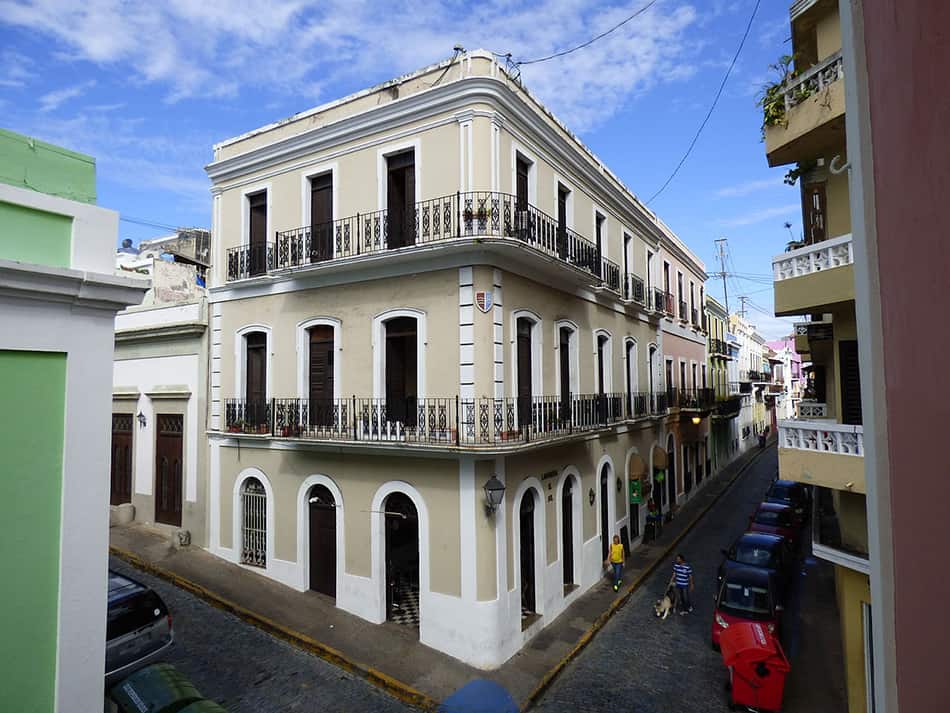
The Spanish Colonial style dates back to the Spanish Conquistadors. It is characterized by being in perfect synergy with its environment, both in terms of design and functionality. It is the style that had preceded the American Ranch style.
The main properties of the true Spanish Colonial style are the one-story plan, the use of local, indigenous materials, stucco-clad walls which will keep the inside of the home nice and cool, small windows, and wooden support beams, and limited ornamentation coming down to arched windows and internal passageways.
Another interesting feature of this style is the presence of the inner courtyard, which originally served as a place for cooking in order to keep the heat out of the home. These days it is most commonly used as a social spot for family and friends.
You should know that this house plan style is separate from the Spanish Colonial Revival, which features homes that incorporate the various elements and ornaments of the Mediterranean-style architecture.
Ranch
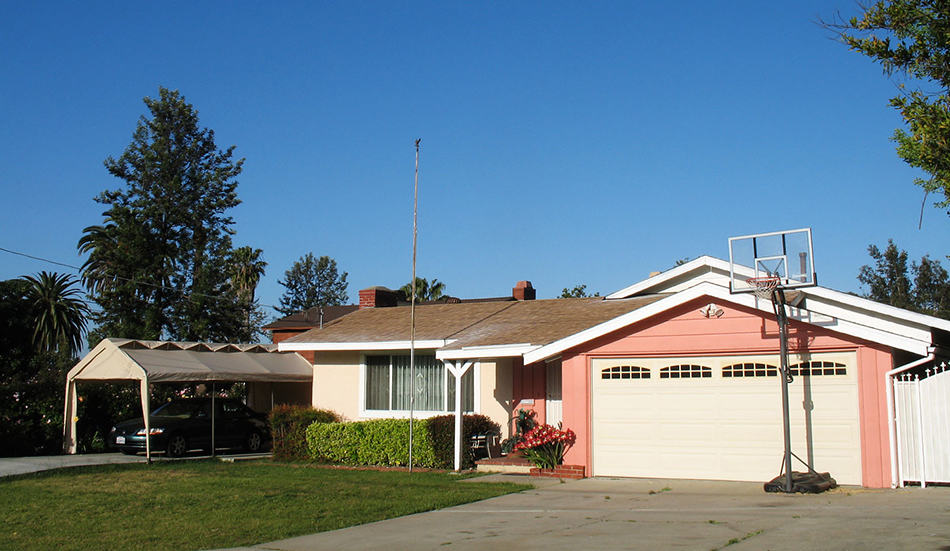
Ranch style evolved in the USA. It is also known as the American ranch or California ranch.
The Ranch style houses were first built in the 1920s but have gained true popularity only in the post-World War 2 baby boom years from the 1940s to 1970s. The popularity finally faded in the late 20th century when more eclectic houses became popular.
The style could be described as a fusion of American Western and modernist concepts. A rancher is marked by its simplicity and scarcity of both external and internal decoration. The ground profile is lengthy and dense. The homes of this type are made for casual, comfortable, and easy-going living.
English Cottage
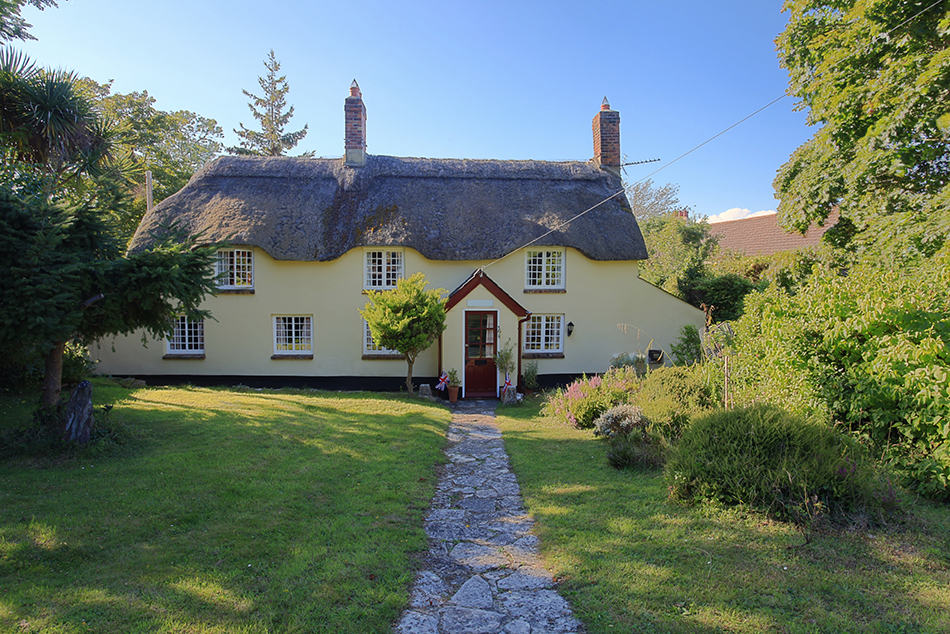
The English cottage is the England countryside classic.
There is some confusion about the name, to be more precise, around the word “cottage”. In England, a cottage denotes a traditionally built small family house – a regular home. In the US, the term is used to describe a small holiday house, a weekend house.
In reality, the English Cottage is what you would call a typical old-fashioned countryside home.
A typical English cottage has one or maximally two stories. The ground plan is asymmetrical which accounts for irregularly-shaped but cozy rooms. Siding includes stucco, shingle, and lapped siding; decorative timbering is often used. Windows are tall, narrow, and placed in bands, and doors are commonly half-rounded or arched.
The roof is medium to steeply pitched, cross-gabled, sometimes with clipped gables or thatched – it is almost always rolled at the edge to create a visual impression of straw thatch. Another typically English cottage feature on the rooftop is an oversized chimney made out of decorative brick or stone and with chimney pots.
The English cottage style is always associated with rural and semi-rural areas. The style is sometimes incorporated into modern non-rural houses, and these are often called “mock cottages.“
American Arts And Crafts
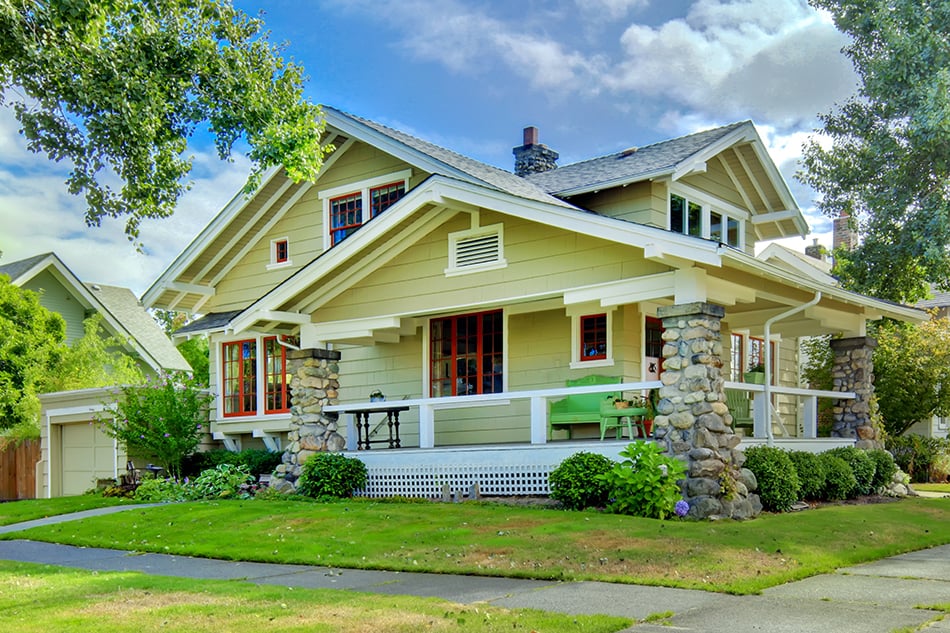
American Arts and Crafts is another authentically US style. It stems from the Arts and Crafts movement which occurred in the 19th century as a reaction to industrialization, seeking to preserve old values of craftsmanship, handicrafts, and also traditional building materials. The values concern both the interior and the exterior.
The style was popular in the 19th century and all the way to the 1930s. Some protestant religious communities were exceptionally skilled in building Arts and Crafts-type homes which were a part of their greater philosophy.
These days there are several revivals that incorporate the primary use of handicrafts and old-timey minimalism. Natural materials are the main feature of the style, with shingle siding, overhanging eaves, rafters, and details carved in stone. Porches with projecting eaves and gabled roofs are also a standard.
The Mission or Craftsman Style evolved from the Arts and Crafts Style.
Log House
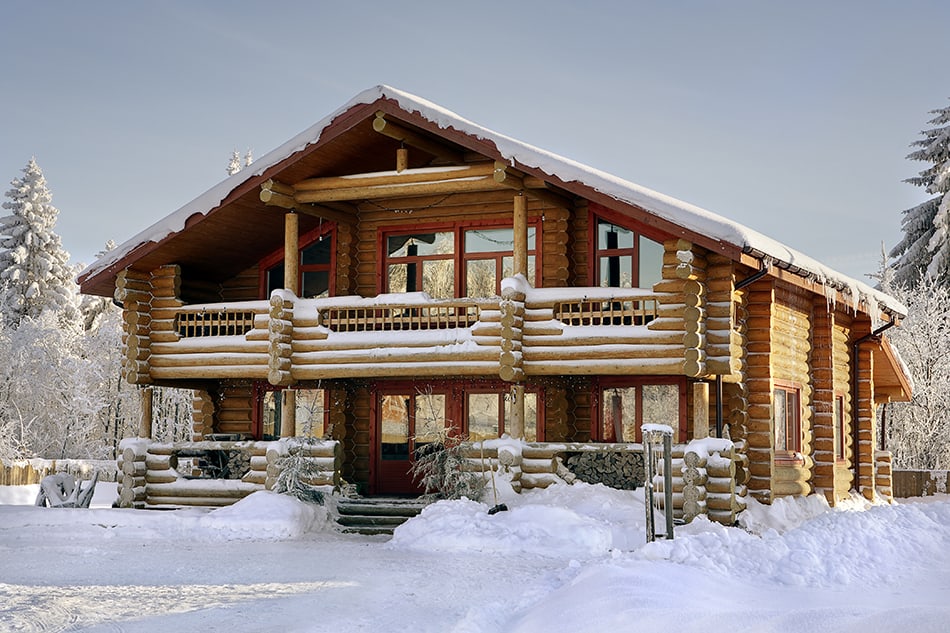
Log house is usually a mountain-type of building, characterized by being made out of unmilled conifer logs. It is the dominant building technique in heavily forested northern countries such as Russia, Scandinavian countries, and the Baltic states.
It is also common in Canada and Alaska. In warmer parts of the Northern hemisphere, because of the predominance of deciduous trees, wooden homes and cabins created by timber framing are more common. Both types of buildings can be found under the term “mountain house”.
Structurally, a log house is the same as a log cabin. However, log cabins are considered smaller and intended to serve as summer cottages and fishing or hunting cabins. The term “log home” can be seen as a compromise that points out the fact that it is a building intended for daily living.
Naturally, wood is the dominant material used both in the exterior and interior. The logs themselves are the main attraction so no additional decor is necessary. Interiors often feature a fireplace and other rustic details related to mountain living.
Prairie
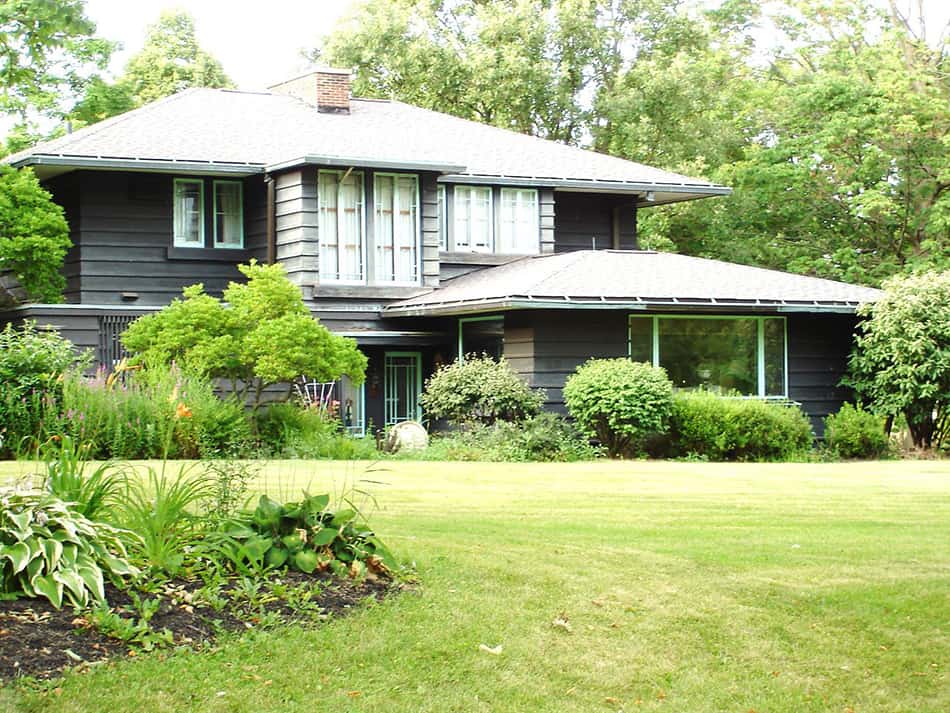
Prairie style or Prairie School is a style common in the American Midwest. Although the term might sound rustic, this school of architecture has a pretty modern architecture look. It features a lot of horizontal lines, with a hipped or often flat roof, horizontal band windows. All the horizontal lines are intended to blend the building with the flat prairie terrain.
The style is minimal with almost no ornaments, with an accent on solid construction and craftsmanship.
Contemporary
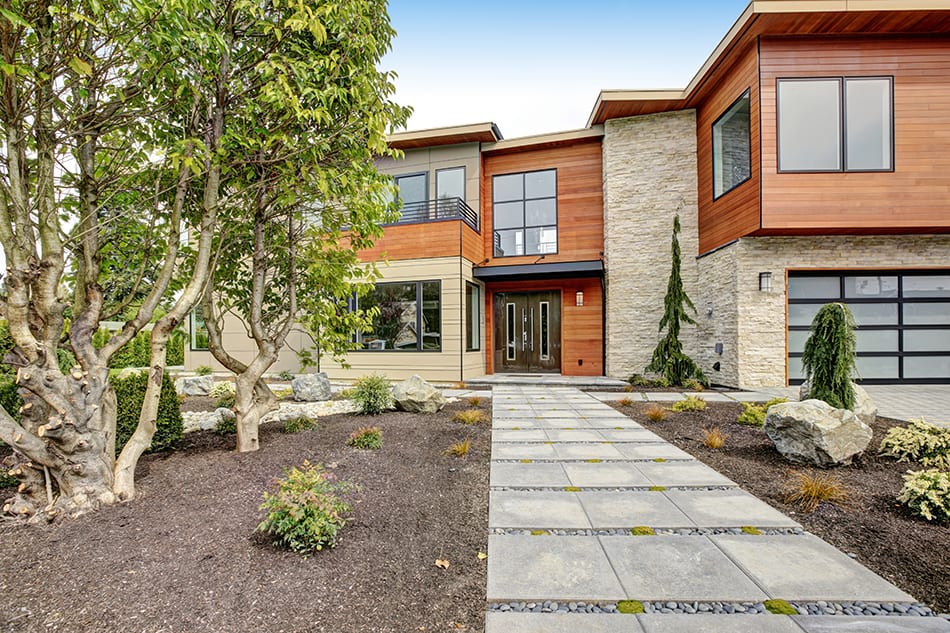
Contemporary style houses first occurred between the 1960s and 1970s and remain popular to this date.
The most notable feature that makes it stand out from previous styles are large plate glass metal or concrete windows. Also, the contemporary home is minimalistic, with smooth lines and textures, and asymmetrical, with a special fondness for geometrical shapes. The doors can be slid and blended seamlessly into the design. Natural light plays a vital role in the looks of the interior as the point of the large windows is to have an abundance of light indoors. At its best, the house design of contemporary architecture is always in connection with the landscape.
Since the style is still very popular, it keeps evolving. In recent years, it has been popular to incorporate a few industrial touches in the design. And perhaps a bit contrastingly, the focus on blending the home with the landscape has increased.
Mid-Century Modern
Mid-Century Modern (MCM) Architecture is built with the forward-looking style mindset by modern architects in the US from the 1940s to 1960s.
MCM homes are characterized by glass doors, windows, open floor plans, clean lines, and do not encourage many decorative embellishments.
Some famous Mid Century Modern architecture you can find is the Philip Johnson Glass House, Farnworth House, Neutra VDL Studio, and Residence.
Earth-Sheltered
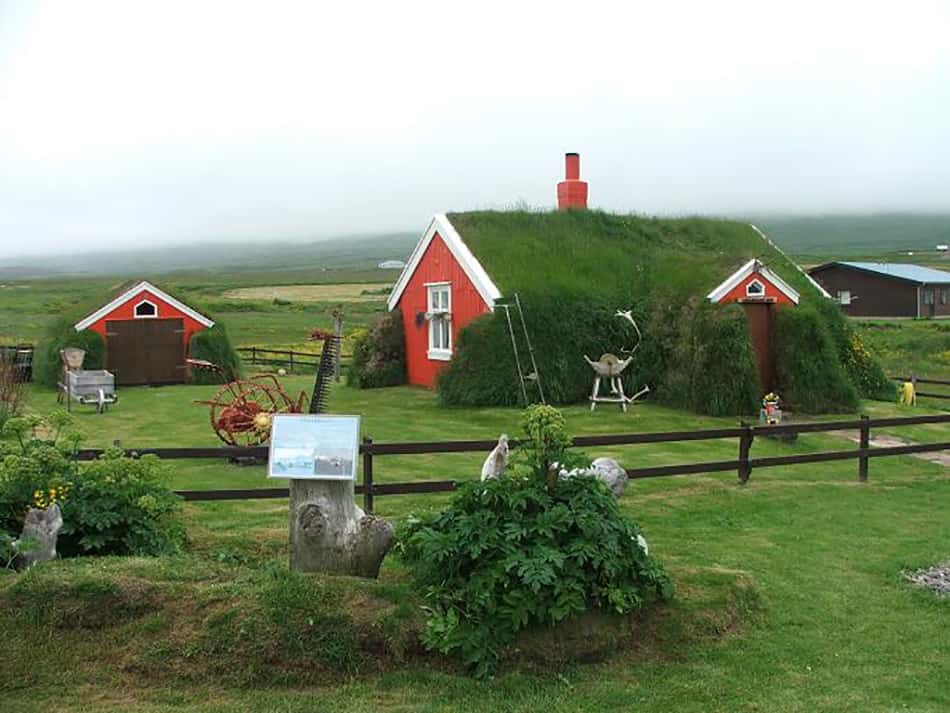
The need and the desire for sustainable living have birthed a “new” type of housing – which has actually been around since the dawn of mankind, only slightly forgotten. Earth-sheltered houses are characterized by the fact that they not only complement the landscape but become a part of it. As the name suggests, this is achieved by sheltering the house with earth, which can be done in three main ways.
A bermed house can be built above the ground level, or partially below the grade level. In concept it is similar to the earth-covered houses (green roof houses) for green building purpose, however, the dirt is pushed up against the exterior walls of the house, and not on the roof.
The second type is the In-Hill Earth Shelter, where you actually dig in your home into a slope, with one wall facing outside, usually towards the South in order to gather and then conserve the thermal energy of the sun. Both bermed and in-hill houses are always at the ground level, or only reaching slightly below.
Subterranean house is built completely underground, with only the roof above the ground level, which ensures enough light and ventilation.
In all three types, the designs vary greatly, but common features of the earth-sheltered home are superb insulation and energy efficiency (these homes usually have stable room temperature throughout the year), sound isolation, and perfect blending in with the landscape.
The only potential issue is the humidity, but this can be prevented with a good design that provides plenty of ventilation.
Tudor
Tudor style houses got popular in the United States in the 1920s to 1930s. Tudor architecture actually originally sprung from England during the Tudor period (from the late 15th century to the early 16th century).
Most real estate listings that you see today are various versions of Tudor Revival.
These Tudor Revival houses feature a solid masonry, stucco exterior, a steeply pitched roof, and an asymmetrical facade. Their exteriors are majorly built with bricks but are also added with other accented decorative materials like timbering, stones, etc.
Conclusion
When deciding on your future home, all the different styles may seem overwhelming, but they are worth exploring because, depending on our heritage and personal preferences, houses of a certain style may feel more like home than the others.
What is your favorite home style? Write it down in the comments!
